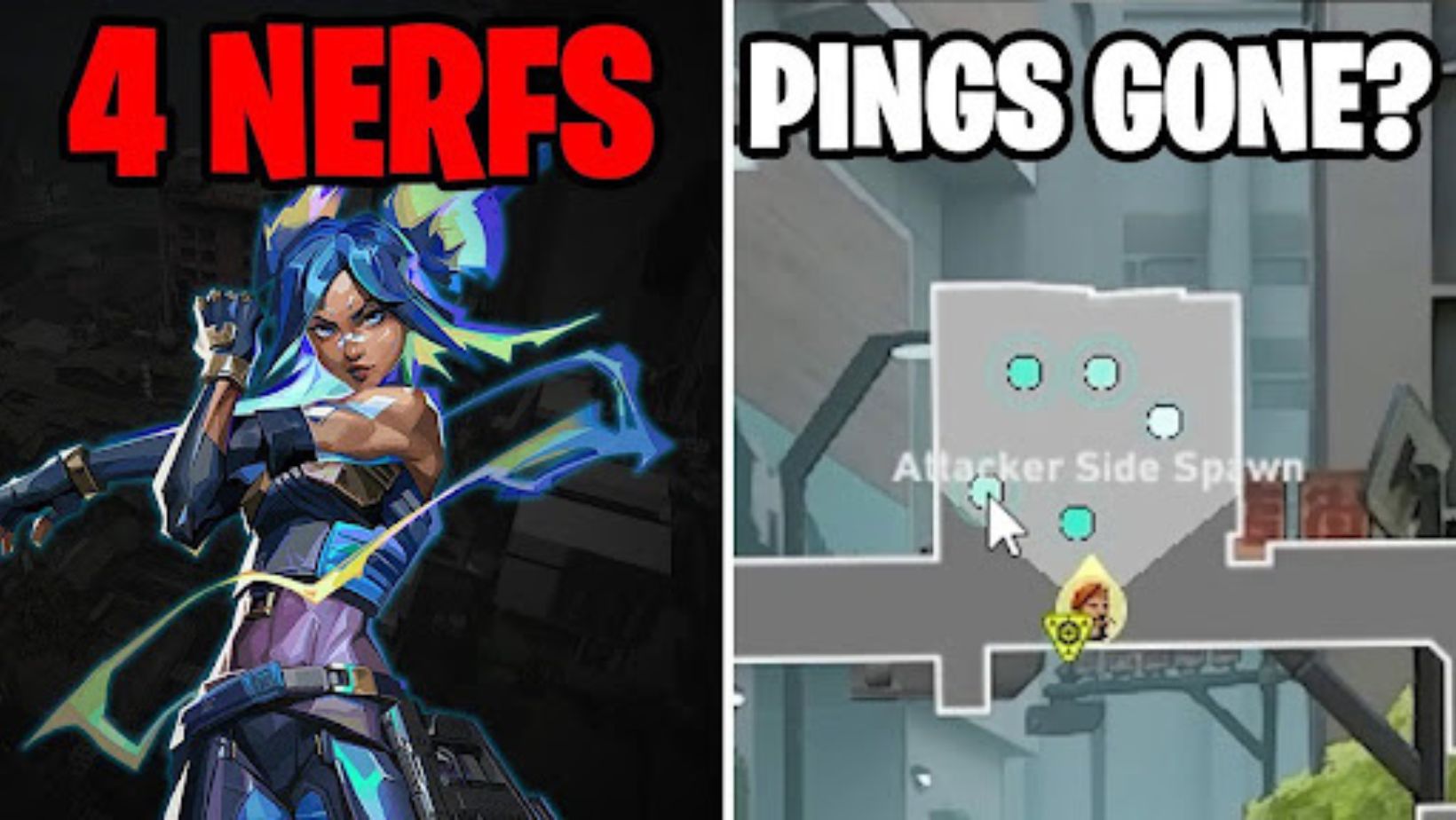
In the world of online gaming, regular updates play a pivotal role not only in improving gameplay but also in shaping the social dynamics within communities. Whether it’s a small patch addressing balance issues or a large expansion introducing new content, these updates directly impact how players interact with the game and each other. In this article, we will delve into how game updates influence player loyalty, foster community engagement, and drive social behaviors within gaming ecosystems.
The impact of updates on player engagement
When a game developer releases an update, it’s not just about fixing bugs or adding new features; it’s an opportunity to engage players in new ways. Updates create a buzz among the community, sparking discussions and expectations. This excitement can be harnessed by developers to maintain player interest and ensure that the community remains active and engaged.
Updates that introduce new content—be it new characters, maps, or modes—can dramatically shift the social dynamics within the game. For instance, in games like Valorant, the introduction of a new agent or weapon often leads to shifts in strategies and gameplay styles, which in turn impacts how players interact with one another. As players adapt to these changes, their relationships with each other evolve, creating a fresh set of social dynamics and challenges.
Updates also have the power to reignite the competitive spirit within the community, particularly when they influence the game’s balance. A well-timed update that strengthens a certain playstyle or strategy can fuel debates and friendly rivalries, contributing to a thriving social environment. As players experiment with the new features, they become more invested in the game and the community, strengthening their sense of loyalty and involvement.
In addition to that, tracking cs2 upcoming events about updates, particularly major changes to mechanics or meta shifts, allows players to stay informed and optimize their strategies. Being up-to-date with game changes becomes a form of social currency in these communities, as it allows players to stay ahead of the competition and demonstrate expertise.
Loyalty and its evolution with game updates
Loyalty in gaming communities is a complex concept that evolves with the game itself. The frequency and quality of updates can have a profound effect on a player’s attachment to a game. In games where updates are regular and substantial, players feel that they are part of an ever-evolving experience, which reinforces their sense of loyalty.
A game that fails to update or refresh its content risks alienating its player base. Without new content, features, or bug fixes, players may become bored or frustrated, leading to a decrease in engagement and, ultimately, loyalty. On the other hand, consistent and meaningful updates can create a sense of trust between players and developers, as players feel that their time invested in the game is valued and that the game is being actively supported.
Moreover, these updates often open up opportunities for new player interactions. When developers introduce new content, they don’t just add features—they provide the community with new avenues for social interaction. Players form new bonds as they explore these updates together, and their loyalty to the game grows as a result of these shared experiences.
Community-driven updates: the role of player feedback
The modern gaming industry places a strong emphasis on player feedback when planning updates. Community feedback, gathered through forums, social media, and in-game reporting systems, helps developers identify pain points, bugs, and desired features that can shape the game’s future direction. This participatory approach to development empowers players and strengthens their emotional investment in the game.
Games that actively listen to their player base and implement community-driven changes tend to foster a greater sense of loyalty among players. When players see that their feedback leads to tangible improvements or new content, they feel a deeper connection to the game and its community. This sense of ownership over the game’s evolution fosters a more vibrant and committed player base.
Developers who regularly update their games based on feedback also encourage positive social dynamics within the community. When players discuss changes, offer feedback, and debate the future direction of the game, they contribute to a culture of collaboration and shared experience. This can create a more inclusive and supportive environment, where players feel that their voices are heard and respected.
The social side of updates: fostering community and identity
Game updates don’t just affect gameplay—they shape the very identity of a game and its community. Major cs2 wikipedia updates often mark a significant turning point for a game, influencing the culture surrounding it and the way players perceive themselves within that culture. In multiplayer games, updates often create a sense of belonging, as players come together to experience the new content, share their thoughts, and discuss their strategies.
This sense of community is further reinforced by the competitive aspects of games. Updates that introduce new challenges or rewards incentivize players to participate in the game’s social ecosystem. Leaderboards, tournaments, and in-game events are often closely tied to updates, and these features create opportunities for players to showcase their skills and gain recognition within the community.
These events, often fueled by updates, help create a stronger social identity for players, as they associate their in-game achievements with their standing within the community. As a result, updates contribute to the formation of a community’s social fabric, where loyalty and social dynamics are continually shaped by new content and experiences.
Conclusion
Game updates are not just about improving mechanics or adding new content; they play a critical role in shaping the social dynamics within gaming communities. Through engagement with these updates, players build stronger relationships with the game and each other, creating a sense of loyalty that is reinforced by ongoing support and collaboration. Whether it’s the excitement of new content, the satisfaction of competitive balance, or the social bonds formed through shared experiences, updates are a vital element in maintaining and growing the health of a gaming community. In the end, the loyalty of players is not just a reflection of the game itself, but of the community that evolves with each update, creating a dynamic ecosystem that thrives on mutual engagement and support.





